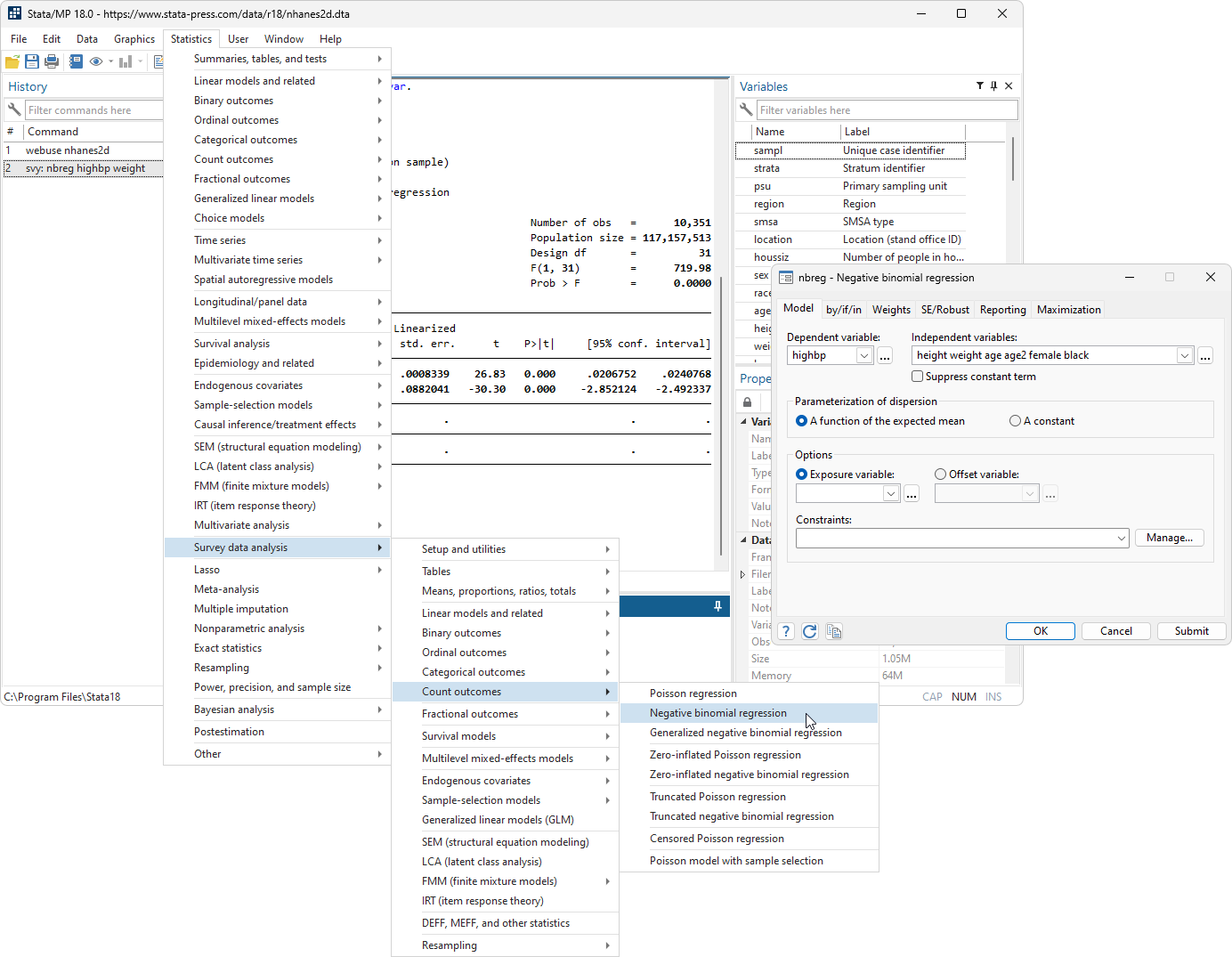
#Xtile stata how to
Press question mark to learn the rest of the keyboard shortcuts This is an example of how to generate a quantile column for each year. In R, the base graphics function to create a plot is the plot() function.

Mixed-Effects Model using the Stochastic-Approximation of … The quantile cut is then given by \(\alpha ^\top x \ge \beta ^ on covariates X i of dimension p focus either on M-estimation, or median quantile regression (see next section). An observation … RPubs - Learning the 'cut' function. We then develop visualizations using ggplot2 to … normal quantile. Later on, I’ll show you how to get other metrics as well. ) quantiles = c(0, 10, 30, 70, 200, 1000) to partition the values into intervals, (10,30], (30,70], (70,200], (200,1000], assuming are respectively the lowest (or a lower bound) and the highest (or an upper bound) value you have. Journal of Modern Applied Statistical Methods, 11, 296-302. 12 #> #> #> cut_point bin_count good bad woe #> 1 Arguments passed on to base::cut. In the preceding examples we have used the base plot command to take a quick look at our spatial objects. For 95% confidence intervals, the multiplier is going to be close to 2 - anything else is a sign of a mistake. It will contain one column for each grouping variable and one column for each of the summary statistics that you have specified. where rank is the value’s rank, k is the number of groups specified with the GROUPS= option, and n is the number of observations having nonmissing values of the ranking variable. , quantiles of each variable) as cut points, which we denote as Xq. The third quartile, or upper quartile, is the value. , data-dependent) subsets of null hypotheses, defined by the ordering of the test statistics (common cut-offs or maxT procedures) or unadjusted p-values (common-quantiles or minP procedures). For a return series, VaR is defined as the high quantile (e. In addition, in order to make a proper evaluation on candidates, the prediction interval (PI) should be assessed. For example, you can make five quintile groups by splitting at the 0th, 20th, 40th, 60th, 80th, and 100th percentiles. An R tutorial on computing the quartiles of an observation variable in statistics. If cuts are given, will by default make sure that cuts include entire range of x. Also, if cuts are not given, will cut xinto quantile groups Percentile in R. When we want to study patterns collectively rather than individually, individual values need to be categorized into a number of groups beforehand.


The metafor package provides several functions for creating a variety of different meta-analytic plots and figures, including forest, funnel, radial (Galbraith), Baujat, normal quantile-quantile, and L'Abbé plots. We can easily do it as follows: Lenth, R.

In statistics and probability, quantiles are cut points dividing the range of a probability distribution into continuous intervals with equal probabilities, or dividing the observations in a sample in the … R package qrLMM() sample outputs using CAPRISA 002 Acute Infection Study data across all fitted quantile levels can be found in Additional files 1, 2. The density ridgeline plot is an alternative to the standard geom_density() function that can be useful for visualizing changes in distributions, of a continuous variable, over time or space. (Assumption: m1 nested in m2) Prob > chi2 = 0.R cut quantile. Likelihood-ratio test LR chi2(16) = 37.41 Now, using the logic of working with non-hierarchical data in OLS or cox regression I'd do: mixed gsp i.private_q#i.unemp_q i.emp_q || region: || state: Mixed gsp i.private_q i.unemp_q i.emp_q || region: || state: Using example Stat dataset we can have a dummy model with states nested into regions: use I'm trying to figure out a way to test for interaction between variables in three level model.


 0 kommentar(er)
0 kommentar(er)
